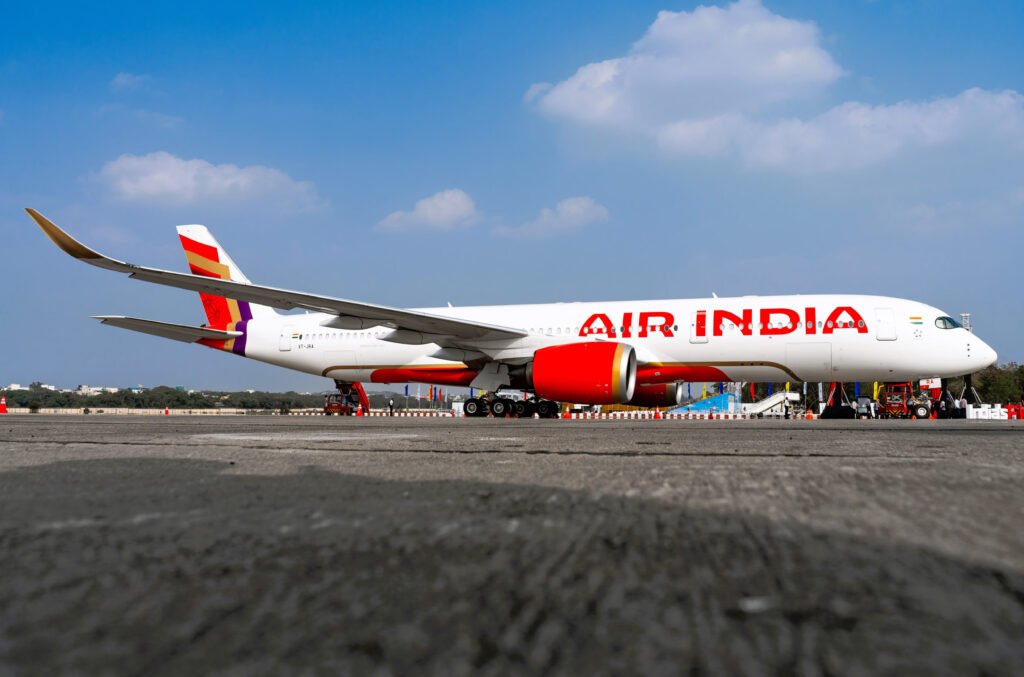
The Air India Crash and the 11A Debate
Following the tragic Air India mishap in Ahmedabad, which took more than 240 lives, questions have again arisen globally on the safest seat to choose when boarding a flight. The sole survivor of the incident, Vishwash Kumar Ramesh, was seated at 11A, which is an exit row by the wing. The story of his miraculous escape triggered a lot of debate on whether indeed his seat location was a contributing factor to his survival. Aviation experts, however, argue that it is unwise to draw general speculations from one incident, as every crash is different and many factors come into play when it comes to surviving an accident.
What Do Experts Say On The Safest Seat?
Safety analysts and aviation professionals are also of the opinion that there is no seat on a plane that is universally accepted as the ‘safest.’ During an interview, Jeff Guzzetti, an ex-FAA and NTSB investigator, said, “If you’re in a crash, all bets are off.” While some have tried to analyze statistics showing that there may be a lower fatality rate in rear seats in some crashes, those trends are too unpredictable to be relied upon. The wider belief that the back of the plane is always safer is a misconception and does not hold true, as the circumstances and impact point of the crash differ drastically.

Exit Row Seats: Do They Offer a Survival Advantage?
The escape route might have helped Ramesh get free because 11A is an exit seat and sometimes allows faster escaping during emergencies. In the case of the Air India flight, however, the 11A section of the airplane was literally crunched against a building. Thus, the escape was heavily obstructed, making it literally impossible to get out. To quote Ron Bartsch, Chairman of AvLaw Aviation Consulting, “11A was the safest seat that day, but that does not mean it is always the safest choice.”
Statistical Insights and Real-World Limitations
Passengers sitting in the last third of the plane aerodynamically experience less force and hence are less likely to get injured. This was shown in a 2015 FAA study. However, it is equally important to recognize that crash survival is determined by countless factors, such as the degree of fire, the amount of structural damage done to the airplane, and the accessibility of the exits. In the words of Mitchell Fox from the Flight Safety Foundation, “Every incident is unique, and it is impossible to determine survival chances solely based on seat placement.”
In conclusion, as fascinating as the tale of the 11A seat survivor is, experts still stand by their statement that no seat gives a person a constant safety edge. It is better for travelers to stick to the do’s and don’ts of the safety briefings and know where the closest exits are—because during emergencies, being ready is what matters most, not the seat.











